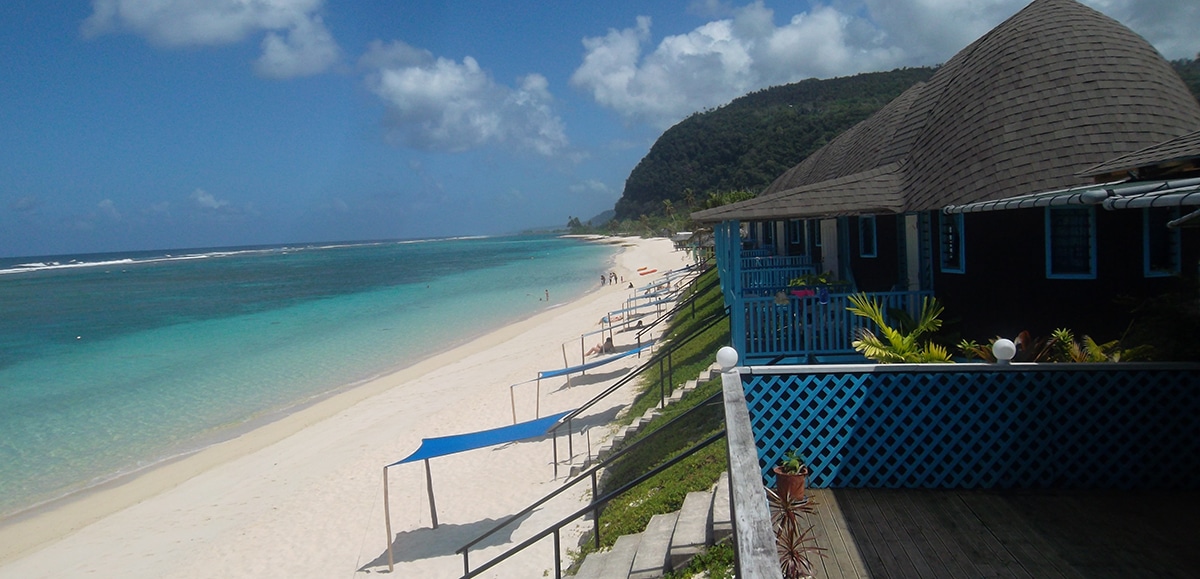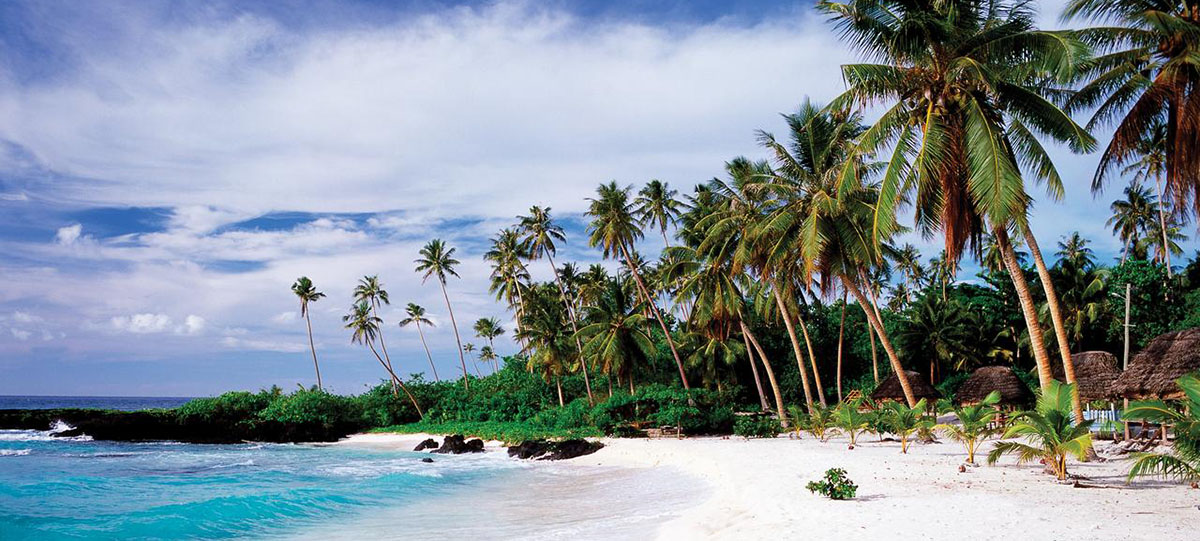
If I think about what life must be like in the paradise I don't know why but I always imagine an island in the Pacific, with sun, palm trees, crystal clear waters, white sands, sea breeze and a lot of peace. ¿Samoa, perhaps?
Samoa to one of the states of Polynesia and you have surely heard of this natural paradise because it has a powerful team of rugby and incredible landscapes. I think that going on a trip to Samoa when this pandemic is over can be a great treat. Today, Samoa and its tourist attractions.
Samoa
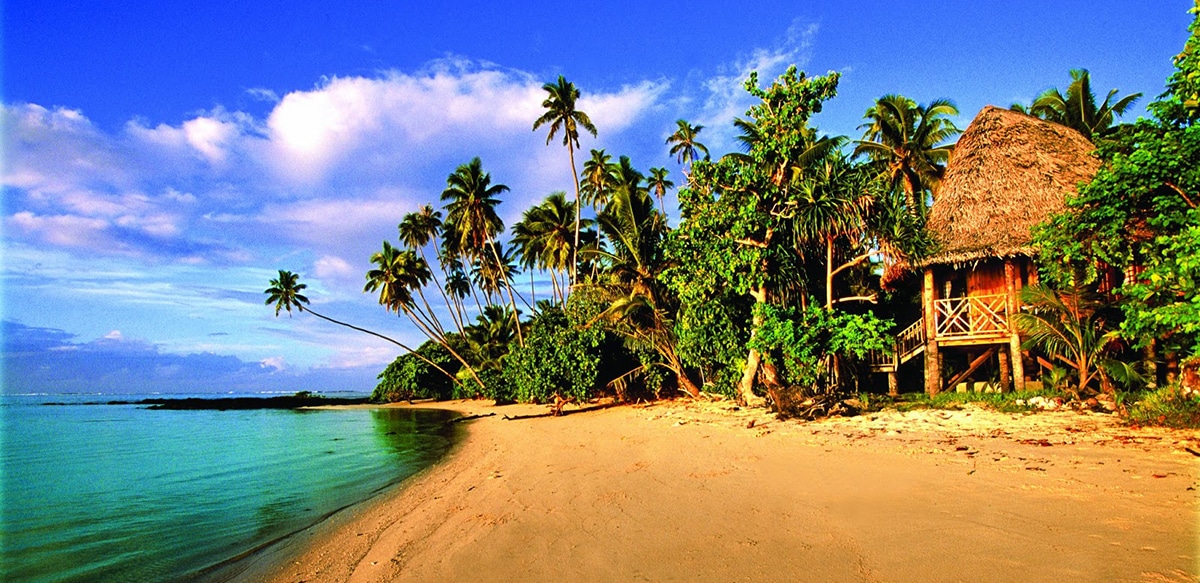
As we said, it is an independent state that is in Polynesia and technically is part of Oceania. Before it had other names, German Samoa and Western Samoa, but since 1962 it has been called simply Samoa and is an independent state (from New Zealand). It has two main islands, Sava'i and Upolu.
Its first inhabitants arrived from Fiji around 3500 years ago and the Europeans did so in the XNUMXth century, although this last contact was made more intensively in the XNUMXth century by the hand of the British. It had a long colonial era spread over the United Kingdom, Germany and the United States.
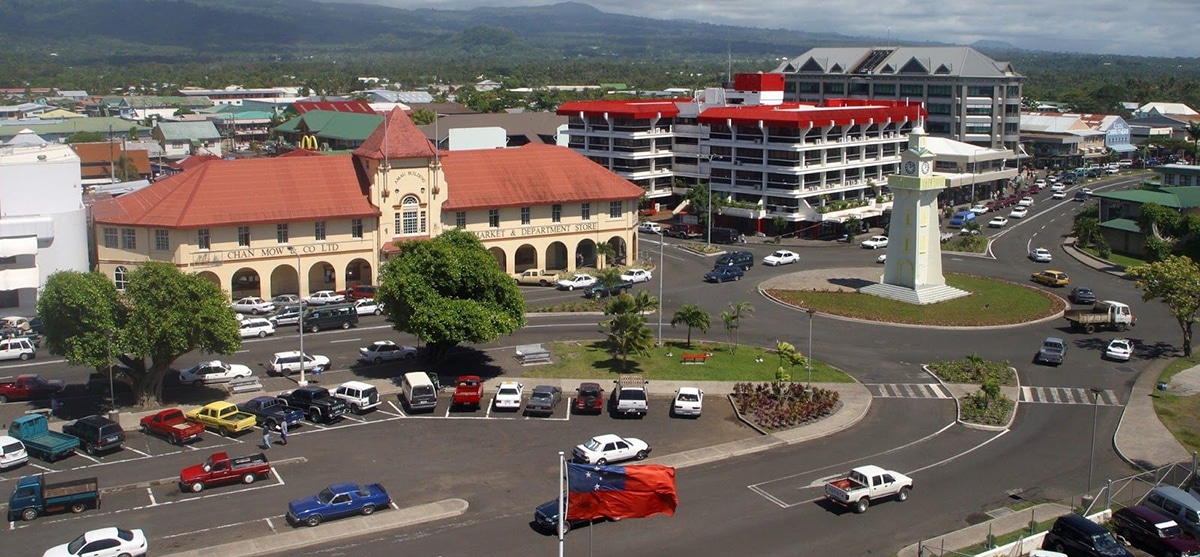
Until 1962 it was under the New Zealand administration. Today it is a parliamentary republic, inspired by the English form of government. It's a christian country mostly and each of the two islands is divided into different districts. These islands are of volcanic origin and there are some islets, eight in all, in the vicinity. The climate here is tropical with an annual average of around 26ºC and a lot of rain between November and April.
Samoa Tourism
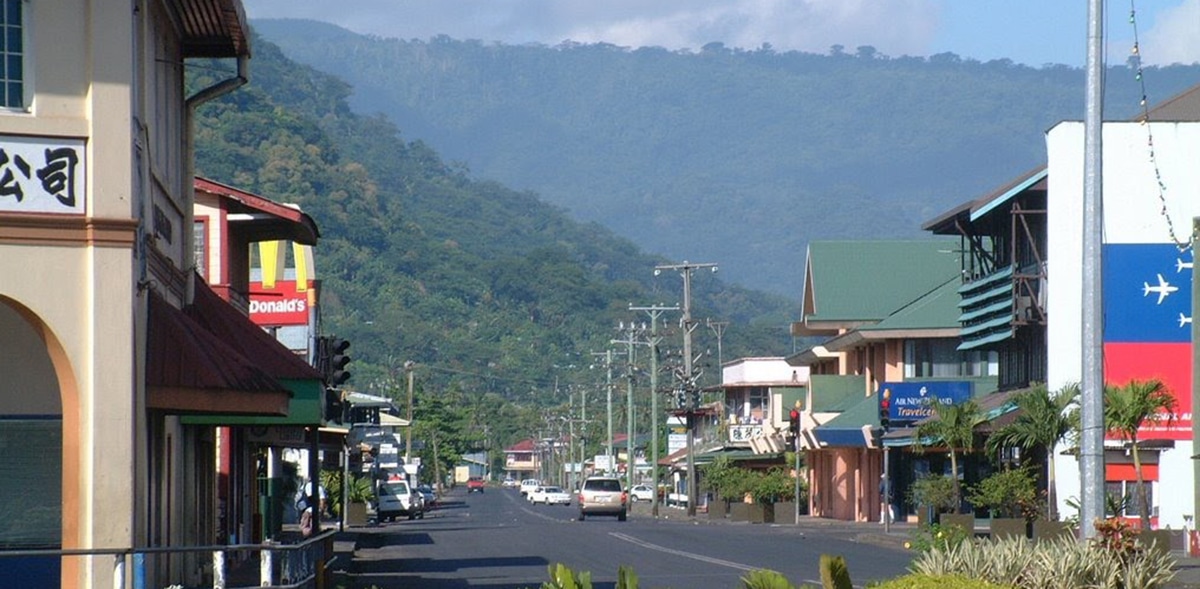
Samoa can be easily reached from Auckland in three and a half hours by flight. The airport of entry at the Faleolo International Airport, just 35 minutes from the national capital, Apia, on the island of Upolo. From here you can sail or take another flight to the island of Savai'i. To get to the city you can take a bus or a taxi.
Getting around the islands is easy because you can rent a car or bike or scooter and have independence. Otherwise you can always use the public buses, which only accept cash or stick to a strict schedule. The two main islands are linked by a ferry service regular that takes people and cars and later, the smaller islands, are reached in charter boats.
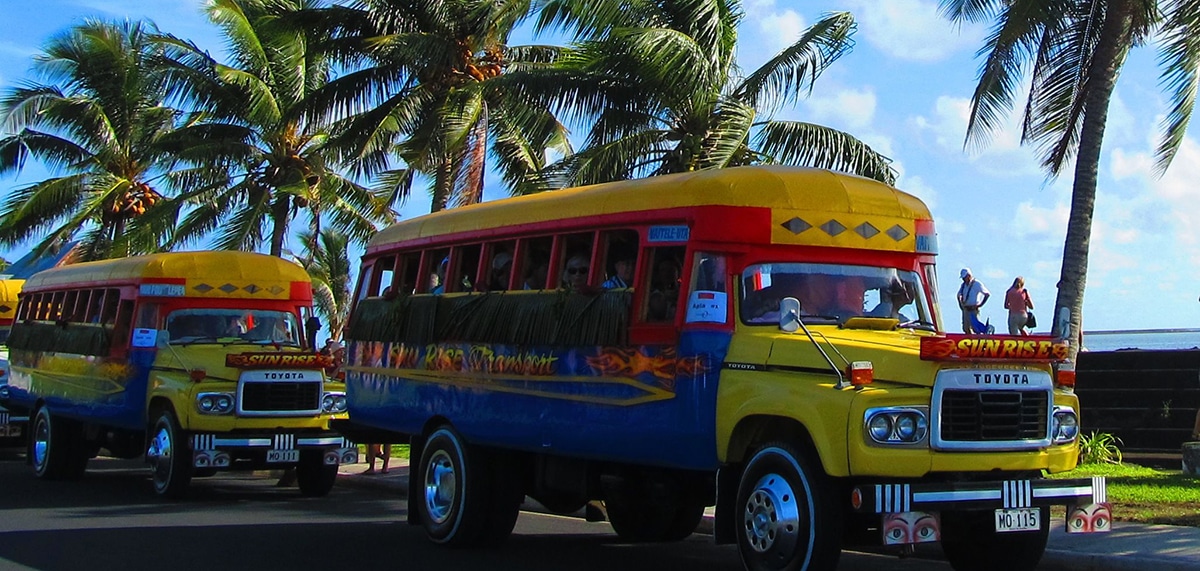
Let's start with what can we see in Upolu. On the southeast coast of the island there is a beautiful place, famous in the world: a ditch in the sea 30 meters deep called To-SuaAn unusual and beautiful place to swim surrounded by lush vegetation and great views of the sea. There is a wooden platform that you jump off from and it is absolutely cool. You pay to enter, but you can't miss it.
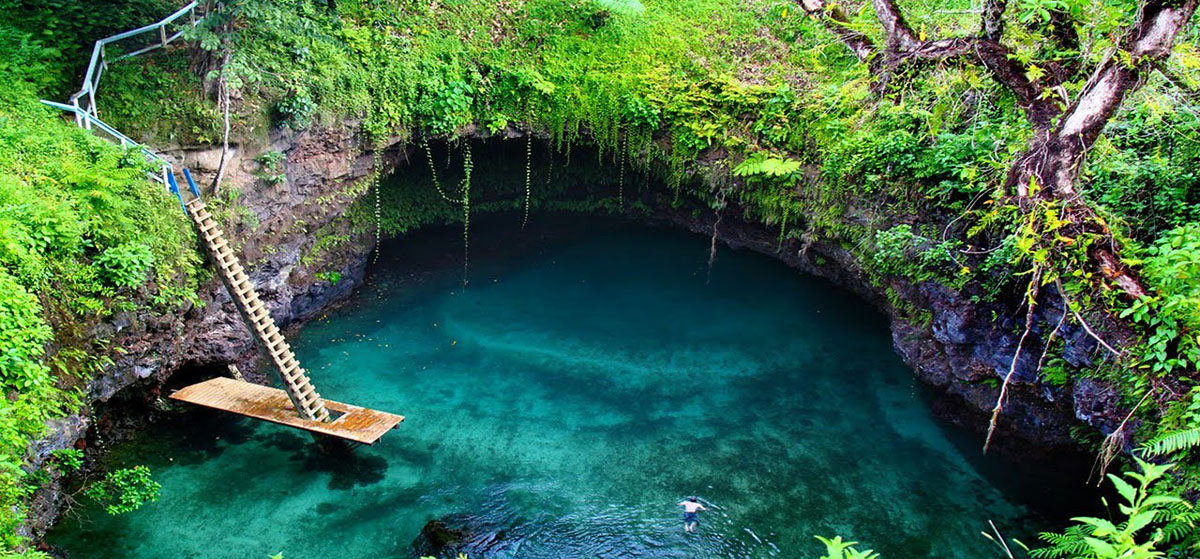
Over the north coast there is another natural pool It was formed by volcanic activity and is fed by a spring that arises from a cave under the sea. The water is crystal clear but warm and the cave is great. Nothing better than snorkeling around here. It's about the Puil Cave Poola, 26 kilometers from Apia following the coastal highway.

You can also visit the Robert Louis Stevenson Museum, the author of The island of the treasure. It is above the city of Apia and it is a beautiful house with gardens. A mansion, indeed, where the writer in love with Samoa lived. Through the gardens one can go exploring by following the route of two paths of different intensity, which go up until each one offers wonderful views.
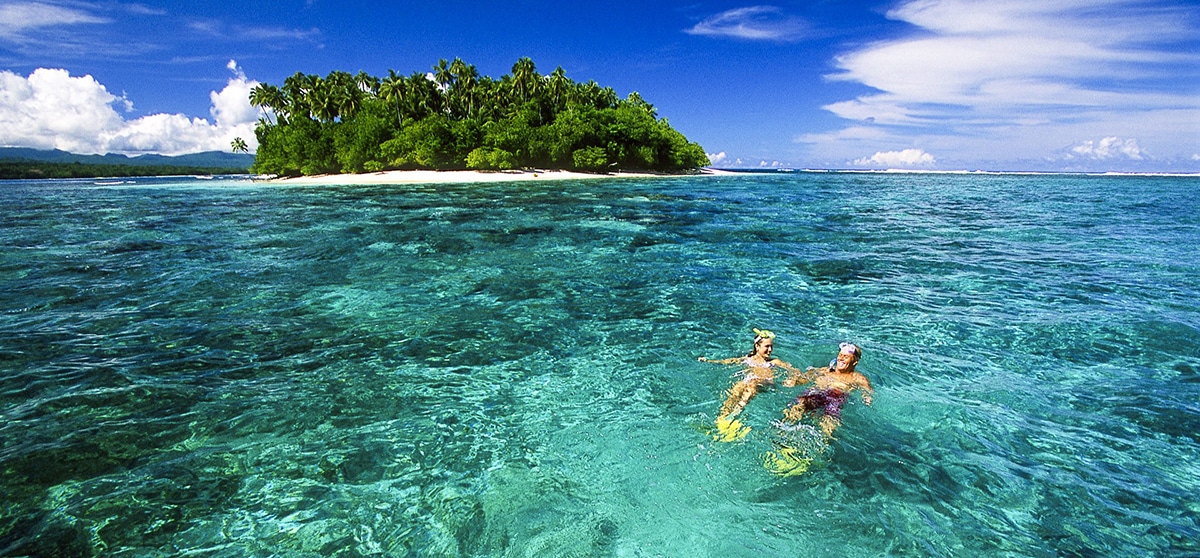
Also on the outskirts of Apia are the Palolo Deep Marine Reserves, a protected area. You can swim a hundred meters from the shore, across the reef, until you reach the natural aquarium. The coral wall protects and encloses a beautiful underwater paradise, super diverse, with sea turtles, sharks and tropical fish. You can rent snorkeling equipment and the little store serves food and drinks and access to a beach with shelters.
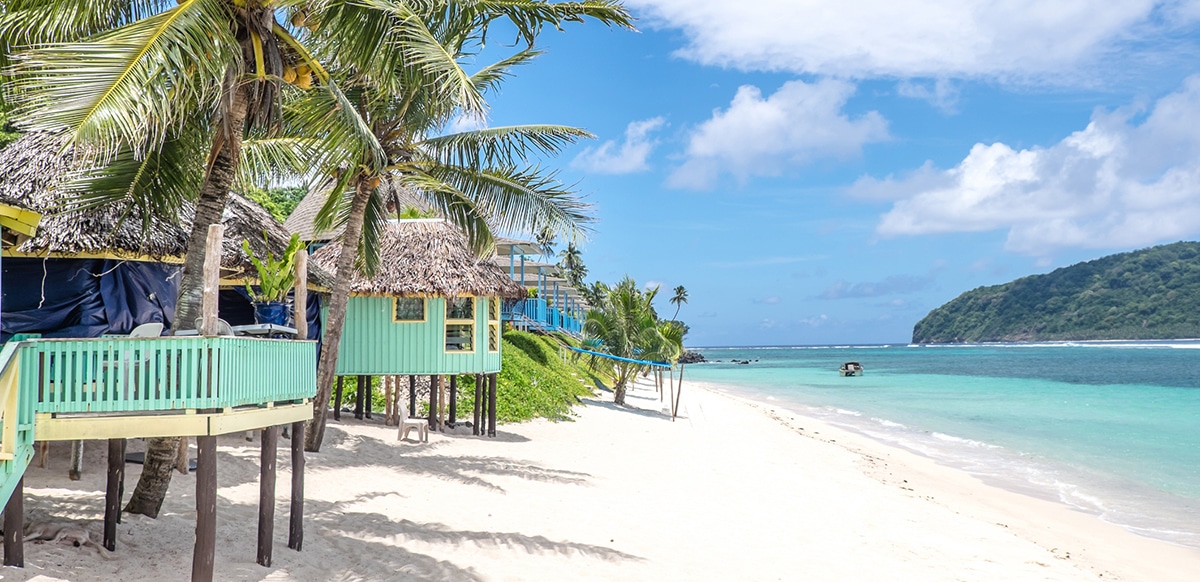
On the coast, there are also a beautiful little island called Namua. Crossing to it takes only 10 minutes by boat from the village of Lalomanu. it's a great destination for day threePo to stay overnight in huts on the beach. The waters are low and calm, there are sea turtles and although the reefs are recovering from the 2009 tsunami, everything is already very beautiful and even the walks around the island and its mountains are wonderful.
Speaking of Lalomanu the beach is super popular, with its white sands and small resorts and cabins to spend the night. The resorts usually have nightly, folkloric shows, and in general it is a family destination.
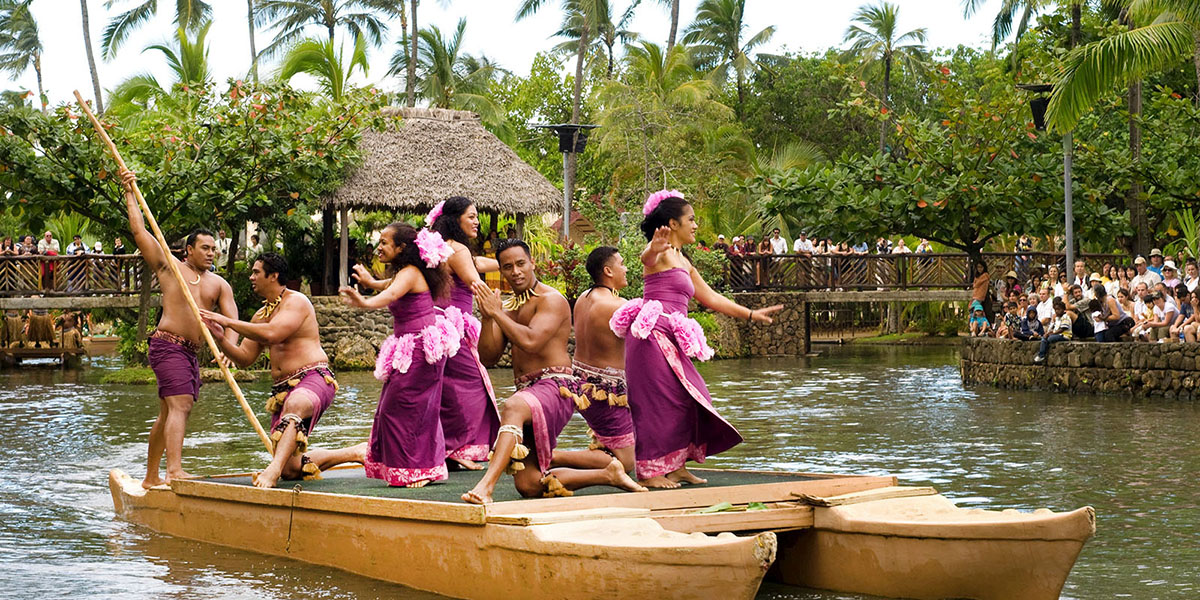
To get to know the Samoan culture you can go participate in Fa'a Samoa by visiting the Samoan Cultural Village in Apia. Other beautiful and popular beaches are the Matareva Beach and Salamumu Beach. Finally, among many other things you can also walk in rain forests, see waterfalls, fish, visit the Lanoto'o volcanic lake, climb Mount Fiamoe ...
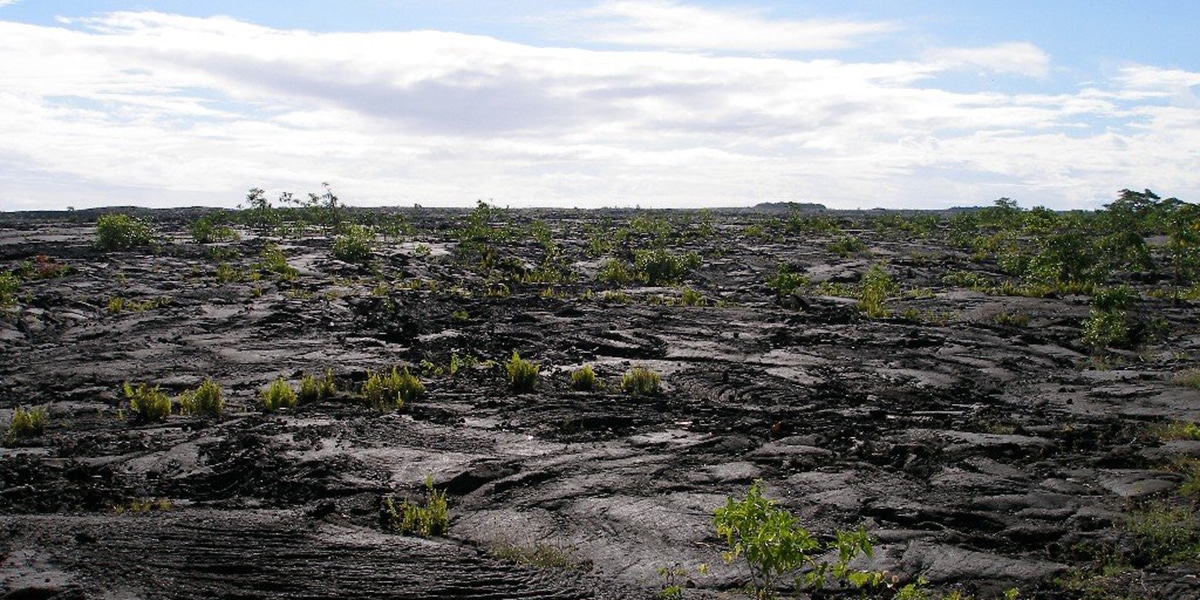
If you want a more choppy sea, you will find it elsewhere, but there is, and this is where you can learn or practice surfing, both in Upolu and in neighboring Savai'i. Speaking of this other island, What can we do in Savai'i? Here, in Satoalepai village you can swim with green turtles in captivity that are later released. This turtle sanctuary is run by a local family who charge a minimal entrance fee to maintain the site and it is only an hour and a half by ferry from Upolu.

On this island is the Saleaula Lava Field, Mount Silisili almost 1900 meters high surrounded by rain forests, the Manas Beache, the most popular, the Cape Mulinuu, Pagoa waterfall, the Monet Matavanu and its beautiful panoramic views, the hole that spits water from Alofaaga, Tafua crater, Peapea Cave, a dry volcanic tube more than a kilometer off the coast, the Mataolealel springor, the Cave of the Dwarfs Paia, about a kilometer long so it is explored in one day or the popular Stone House.
Finally, some more of information about Samoa:
- the climate is humid and hot all year round. There is a rainy season from November to April and the highest rain peak is between December and March.
- It is advisable to have medical insurance to make the visit.
- You have to drink bottled water and be vaccinated basically with the vaccines that we give ourselves in the West since we were children. I estimate that the CXovid 19 will also be ordered soon.
- there are mosquitoes here so dengue, zika and chukungunya are present. That is why the repellent is essential.
- on land there are no poisonous animals or insects.
- You can drive but you need your own national registration and apply here for a temporary license that can be obtained directly from the car rental agency.
- although credit cards are accepted, it is convenient to have a lot cash. The local currency is the Samoan log.
- Sunday is sacred so there is no open walk.
- in Samoa there is a curfew for evening prayer. Is named sa and in general it is between 6 and 7 pm. A bell or shell trinket rings and lasts no more than 20 minutes. During this time, avoid moving between villages or being noisy.
- Samoa does not require a visa for stays of less than 60 days.
